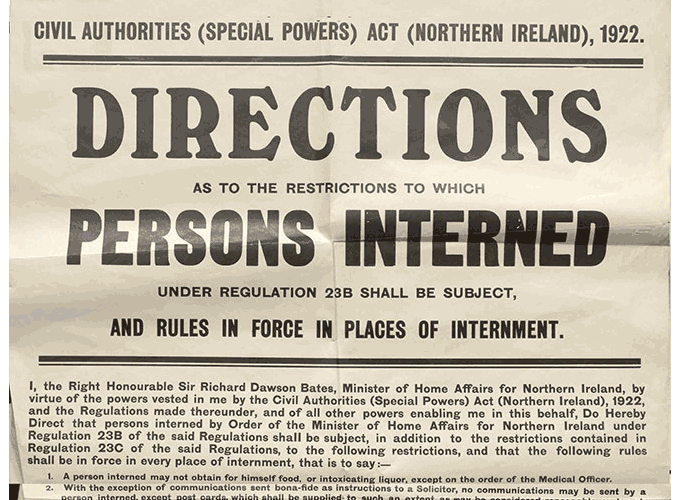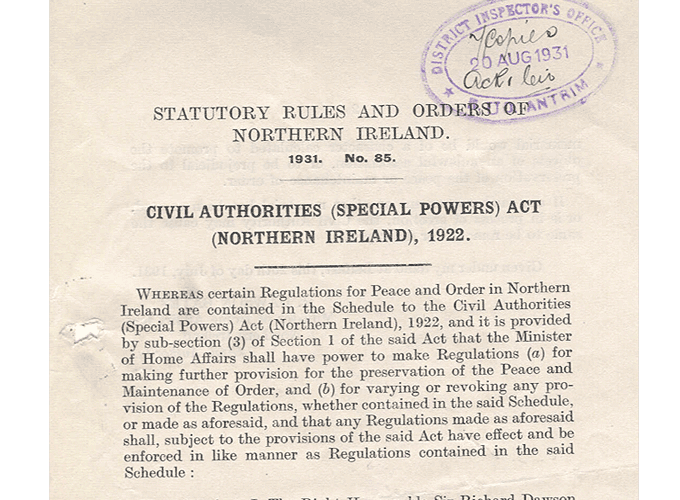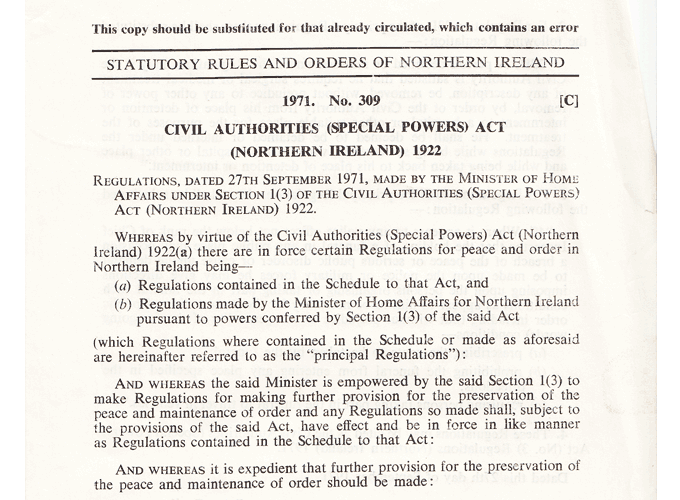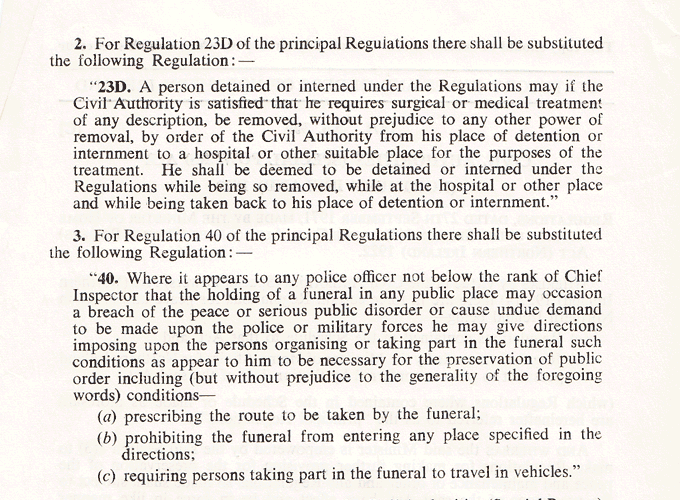Description
The War of Independence inflamed sectarian tension in the north of Ireland. In 1920, Belfast and Londonderry witnessed an increase in intercommunal violence. Homes, businesses and churches were attacked and the UVF was revived, although on a reduced scale. Catholic workers were driven out of the Harland and Wolff shipyards and other major Belfast businesses. Uncertainty over the future of Ulster and the Anglo-Irish Treaty negotiations increased the intensity of the northern conflict during 1921. Intense intercommunal fighting erupted in Belfast and many civilians were killed. Royal Irish Constabulary (RIC) men and Special constables were killed by the Irish Republican Army (IRA) and reprisals claimed more civilian lives. Altogether, 109 people were killed in Belfast during the year.
After the Anglo-Irish treaty was signed, the IRA reinforced its northern units with southern activists. In January 1922, a new IRA campaign was launched to destabilize Northern Ireland. RIC, Special constables and prominent Loyalists were targeted. The deaths of a number of Specials sparked intense sectarian violence in Belfast. Loyalists attacked Catholic districts. Rioting, bombings, house burnings, assassinations and reprisals claimed the lives of 105 people during the months of February and March including five members of the MacMahon family, who were shot dead in their North Belfast home. This attack was carried out by uniformed men, thought to be members of the RIC, in retaliation for the killing of two Special constables.
In response, the Northern Ireland government introduced the Civil Authorities (Special Powers) Act (Northern Ireland) in April 1922 with the aim of "preserving the peace and maintaining order". This act gave the minister for home affairs the right to create regulations and instruct the police to arrest without warrant and intern without trial those suspected of breaking the regulations. The act stated that prisoners could be flogged or executed, coroner’s inquests could be dispensed with, land and property seized, curfews imposed and organisations, meetings, publications and gatherings prohibited. The Civil Authorities (Special Powers) Act (Northern Ireland) was renewed annually until 1928 and was eventually made permanent in 1933. The act remained in operation until it was repealed by the Northern Ireland (Emergency Provisions) Act in 1973.
Links
- Related objects > USC B Specials firearms permit
- Related objects > Anti-interment posters
- CAIN: Special Powers Act
- Decade of Centenaries: Internment introduced
- History Ireland - New light shed on Stormont’s ‘X’ Files
- QUB - Irish History Live: Civil Authority (Special Powers) Act by John McCaul
- British Pathé: Belfast riots





